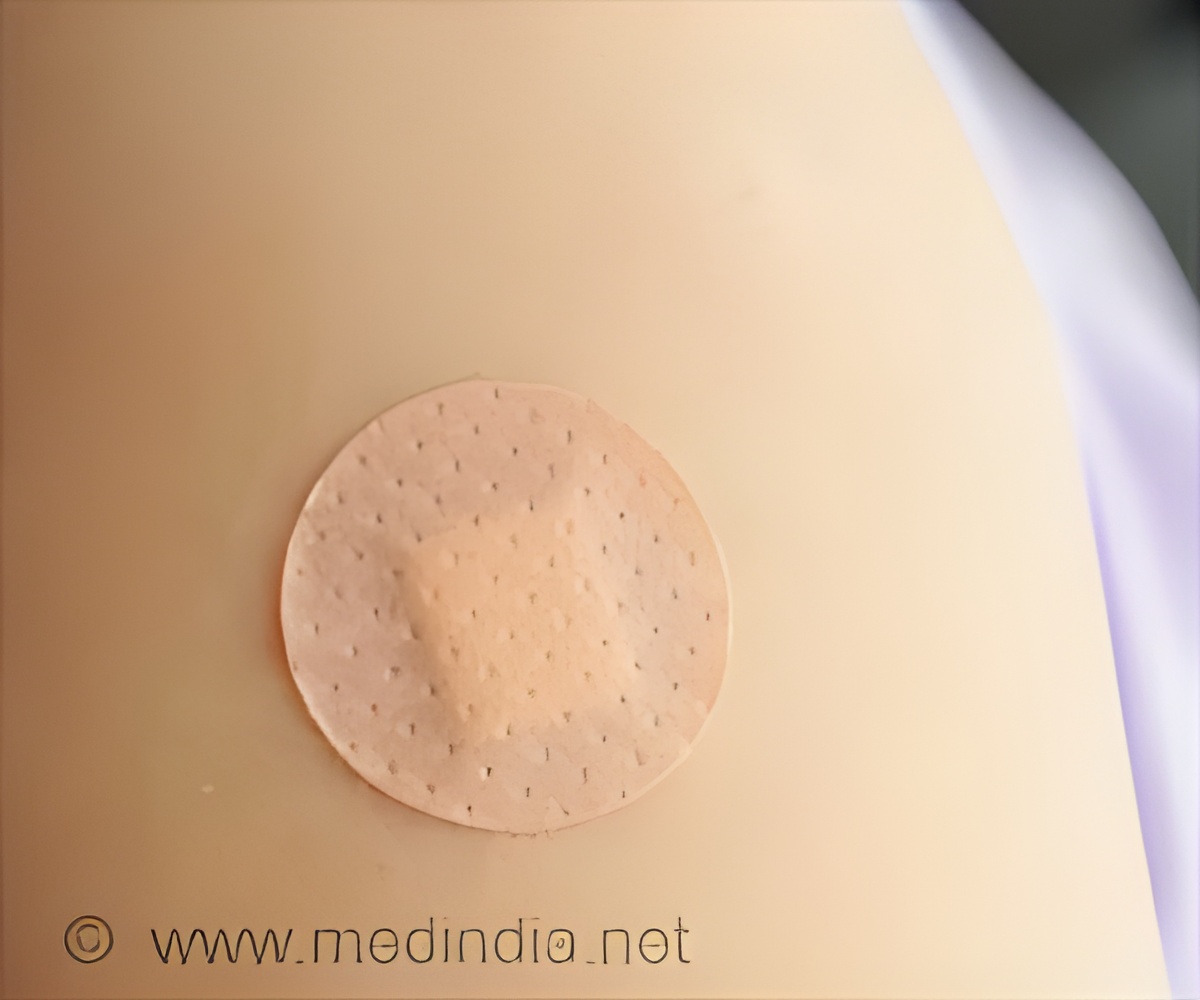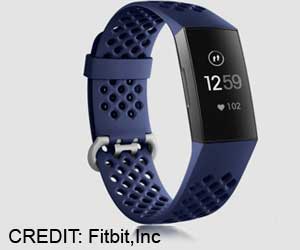
‘New wearable electronics paired with artificial intelligence could transform screening for health problems.’
Tweet it Now
“While still requiring further development on several fronts, our device could be a game changer in which everyone can get their health status in a much more effective and frequent way.” said — Sihong Wang, assistant professor in UChicago’s PME with joint appointment in Argonne’s Nanoscience and Technology division. Such a device would need to collect and process a vast amount of data, well above what even the best smartwatches can do today. And it would have to do this data crunching with very low power consumption in a very tiny space.
Skin-like Electronics for Continuous Health Monitoring
To address that need, the team called upon neuromorphic computing. This AI technology mimics operation of the brain by training on past data sets and learning from experience. Its advantages include compatibility with stretchable material, lower energy consumption and faster speed than other types of AI.The other major challenge the team faced was integrating the electronics into a skin-like stretchable material. The key material in any electronic device is a semiconductor. In current rigid electronics used in cell phones and computers, this is normally a solid silicon chip. Stretchable electronics require that the semiconductor be a highly flexible material that is still able to conduct electricity.
The team’s skin-like neuromorphic ‘chip’ consists of a thin film of a plastic semiconductor combined with stretchable gold nanowire electrodes. Even when stretched to twice its normal size, their device functioned as planned without formation of any cracks.
As one test, the team built an AI device and trained it to distinguish healthy electrocardiogram (ECG) signals from four different signals indicating health problems. After training, the device was more than 95% effective at correctly identifying the ECG signals.
Advertisement
“The planned upgrade of the APS will increase the brightness of its X-ray beams by up to 500 times,” said Joe Strzalka, an Argonne physicist. “We look forward to studying the device material under its regular operating conditions, interacting with charged particles, and changing electrical potential in its environment. Instead of a snapshot, we’ll have more of a movie of the structural response of the material at the molecular level,” he said. The greater beamline brightness and better detectors will make it possible to measure how soft or hard the material becomes in response to environmental influences.
Advertisement
Source-Eurekalert










